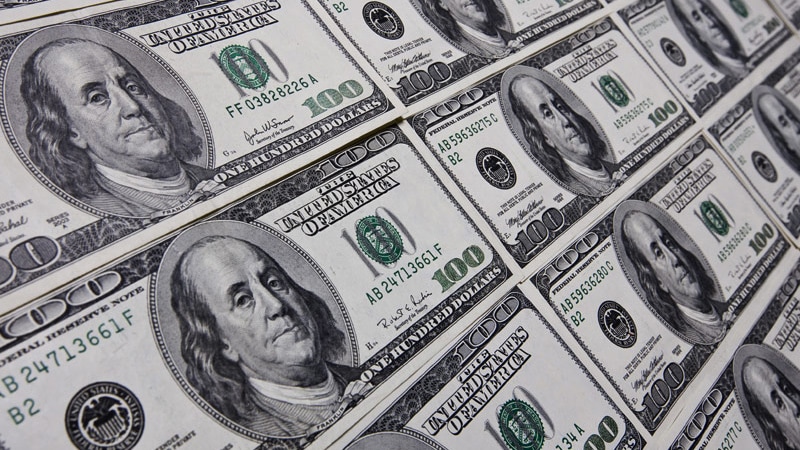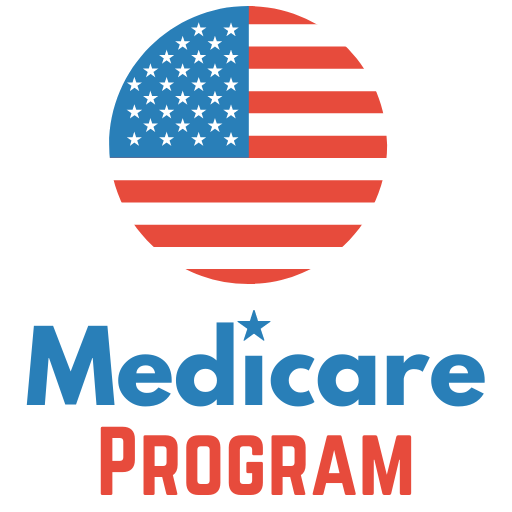
Medicare costs for cancer drugs have doubled in the last 4 years
Expenditure on cancer drugs increased markedly from 2016 to 2020 for Medicare Part B and D, and this was observed both collectively and per person, according to a new analysis.
Oncology medications delivered by infusion are covered by Medicare Part B, but with the development of oral medications, coverage for some medications went from Part B to Part D, which provides coverage for medications with outpatient prescription. Many of these drugs have very high out-of-pocket costs, which may be contributing to financial toxicity, the authors note.
“These findings underscore the need for attention to the accelerated costs of oncology medications, especially oral medications, and the decreased affordability for patients and the Medicare program,” say the authors, led by Michael Anne Kyle, PhD, RN , Department of Health Policy. , Harvard Medical School, Boston, Massachusetts.
Rising costs of cancer drugs have been a hot topic of discussion for some time and have been widely reported in Medscape Medical News. The increase in drug price tags coming out of the production line is “unsustainable” and “we must recognize that there must be an upper limit than how much we can afford, as a society, to pay to treat each patient. with cancer “. commented an expert.
Expenditure reflects an increase in drug costs
In the current study, Kyle and colleagues examined the costs of cancer drugs in Medicare Parts B and D to assess trends in the use and spending of cancer drugs over time, as well. as to determine what part of the total cost could be attributed to cancer products.
They used data from the Medicare Parts B and D drug spending board public use files 2016-2020 and drug lists from the cancer care model, which are current until 2021, to identify cancer drugs .
During the study period, the proportion of all Part B drugs used for oncological indications increased slightly from 20.0% to 22.5%. Among individual Medicare beneficiaries, the proportion who use cancer drugs remained relatively unchanged (from 3.0% to 3.2%). However, the cost ratio of oncology drugs increased from 33.7% to 43.1%.
The same pattern emerged for Part D drugs. The authors found that the proportion of agents used for oncological indications increased slightly from 3.1% to 3.9% from 2016 to 2020. Although the proportion of patients receiving cancer drugs remained constant at 0.6%, the proportion of Part D spending increased by 9.1. % to 13.2% from 2016 to 2020.
Cost per beneficiary almost doubled
At the level of beneficiary medicines, spending for both Part B and Part D almost doubled for oncology medicines. Overall spending on Part B drugs increased modestly overall, as did non-cancer drugs, but the average annual cost of cancer drugs per beneficiary doubled during the study period, from $ 9,325 to $ 18,761. A similar increase was observed in Part D, in which the average expenditure increased from $ 27,761 to $ 52,016 per beneficiary.
The proportion of oncology drugs covered by Part D vs B increased slightly over time, reflecting the increasing use of oral therapies. Of the 181 oncology drugs listed in 2016, 84 (46.4%) were covered by Part D. Of 277 drugs in 2020, 141 (50.9%) were covered by Part D.
The authors conclude that Part D represents a growing proportion of new drugs “high and rising costs out of pocket can contribute to financial toxicity and non-initiation or non-adherence to oral therapies. This has consequent policy implications: efforts to limit Pocket D patients’ out – of – pocket costs can disproportionately benefit people with cancer, given these coverage dynamics. “

Comments are closed.